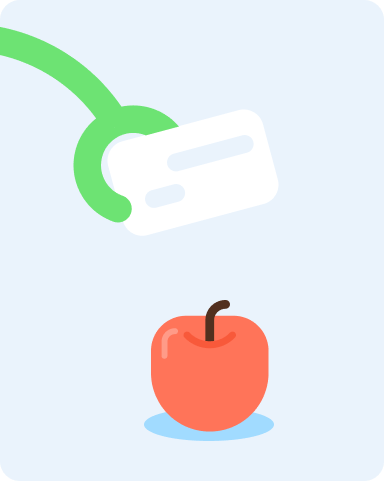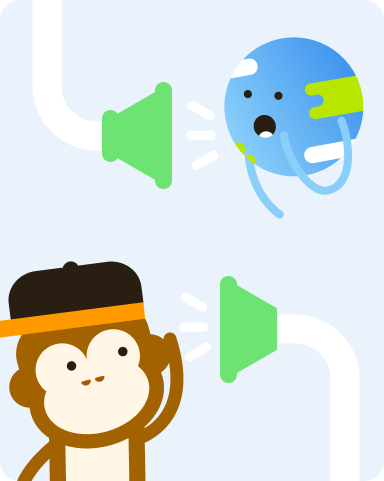Learn Bengali
with Ling
Use our comprehensive lessons, conversation topics, and more to connect with those closest to you
Used by 5M Ling Learners




What makes learning with Ling special
Interactive exercises
Improve your pronunciation by starting a conversation with our app’s interactive chatbot
Engaging activities
Practice your skills with mini-games and track your progress with fun quizzes
Mix of languages
Choose from over 60 languages, both big and small, and listen to audio from native speakers
Proven results
Backed by linguistic research, our learning methods can help you achieve fluency in record time

Master 4 language skills in 10 minutes a day




1-3 minutes to learn new vocabulary
3-5 minutes to review
3-5 minutes to test your listening skills
Done!
Join over 5 million language learners for a 100% guaranteed amazing language experience
Frequently asked questions about learning Bengali
Learning a new language is never easy, no matter what it is. Learning Bengali requires total dedication and complete focus. Like other languages, you need to create an environment and goals to optimize your studying.
Before you learn Bengali, here are some facts about the language you should know:
- Grammar: The Bengali language has four cases and several inflections for nouns. It also includes separate words for measuring and doesn’t differentiate between genders. The language is a head-final language that follows the Subject-Object-Verb (SOV) word order.
- Vocabulary: Most Bengali words came from Pali and Magadhi Prakrit, with loan words from Turkish, Arabic, French, Dutch, and Portuguese. You’ll also find Sanskrit cognates in many of its basic sentences.
- Speaking/Listening: There are 7 prominent nasalized vowels, an alveolar articulation, and a wide range of diphthongs.
- Reading/Writing: This language is very similar to other Indo-Aryan scripts like Sanskrit or Hindi. Bengali has two written forms, সাধু ভাষা (shadhu bhasha) or the traditional/archaic Bengali and চলিত ভাষা (cholito bhasha) or the current/standard Bengali.
Bengali is not too difficult to learn since there are so many online resources available nowadays. However, you might find the language hard at first, especially if your native language is in no way similar to Bengali.
So, what exactly makes Bengali difficult to learn? It does have a very different structure and alphabet from English, but there’s more to it.
Either way, you can follow these tips for a smoother learning experience:
- Expose yourself to Bengali culture, food, and music
- Develop confidence when speaking Bengali by repeating common words often and loudly
- Using free language apps
- Find other Bengali learners to study with
- Learn conjugations and pronouns early on
- Try thinking in Bengali
- Enroll in an intensive Bengali language course
Oh – one last thing! If you want to learn Bengali language, you can use the Ling app! With easy, bite-sized lessons, you can master speaking Bengali in no time.
According to the Foreign Service Institute (FSI), it will take the average learner 1100 hours to become proficient in Bengali. That includes all language skills of speaking, writing, reading and listening.
Now, if you don’t have the time or budget to learn these languages with a structured course, then you’ll have to learn on your own. That means you need to find a good language learning resource.
If you’re entirely new to languages like Bengali, it will require daily effort and lots of studying to understand the language. With the Ling app, you can start with beginner lessons and slowly work your way to fluency!
Bengali is similar to Indo-Aryan languages, like Hindi, Urdu, Nepali, Gujarati, and Assamese. Other languages include Marathi, Sanskrit, Kannada, and Punjabi.
The Bengali language, also known as Bangla (বাংলা), is the national language of Bangladesh, with over 300 million native speakers! It’s also a second language to 37 million people and the seventh most spoken language in the world. Can you believe that!
If you’re still hesitating to learn this amazing language, why not try using Ling? Start with easy vocabulary words, like introductions and greetings, and slowly work your way up. With interactive games and activities, the Ling app is here to help!















































